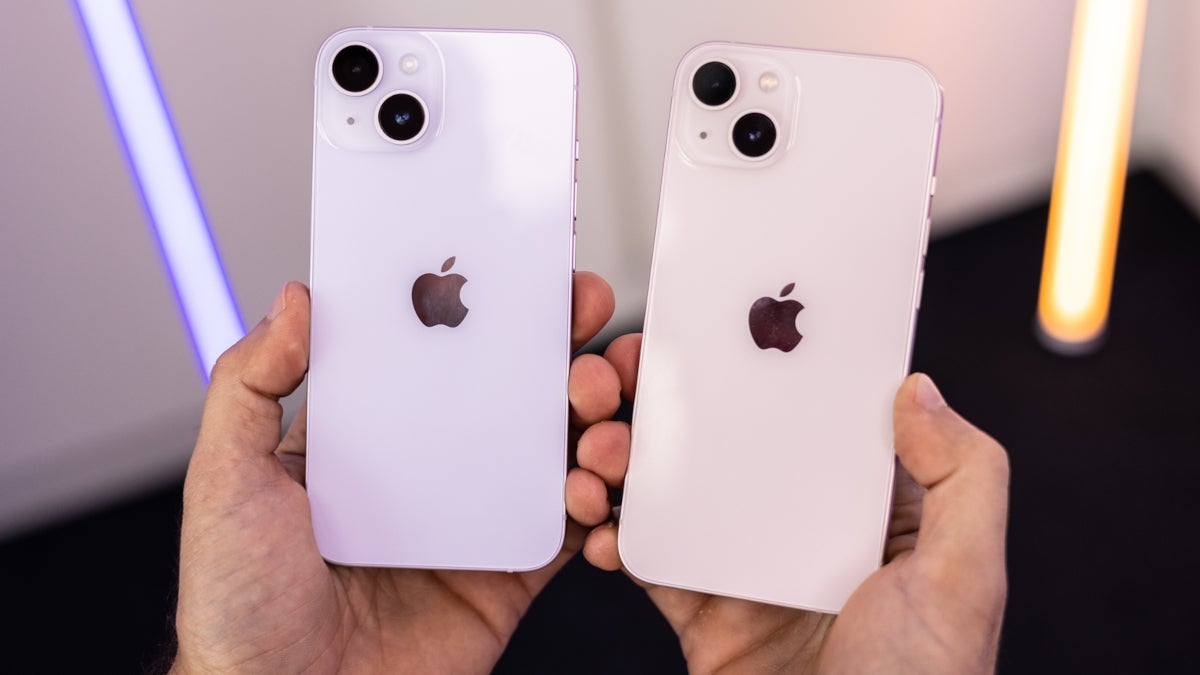Steve Jobs’ daughter Eve is still dead wrong about the iPhone 14
Apple’s recipe is no secret. Every year it releases two iPhone Pro models that are the best handsets available from Apple at the time. Then there are the two non-Pro models that are missing some of the features found in the Pro units to make them more affordable to those who don’t or can’t spend the money on the pricier handsets. Of course, there are also consumers who don’t need the extra features found on the Pro models.
Sorry Eve Jobs, but you’re wrong
Eve Jobs’ hysterical but not accurate meme
“We don’t always follow a recipe, as much as maybe our customers would like to predict what we’re going to go do next, but it always starts with the customer experience,” he said. Apple might have different targets and goals for the non-Pro models when it comes to performance, weight, longevity, and photography. Dinh added, “Sometimes we do draw from the Pros because they’re just incredible, and we’re bringing some of that hardware to a broader audience, and sometimes we go do something different.”
Despite having the same chip as the iPhone 13, the iPhone 14 has better performance than the 2021 model. And it is easier to repair the newer iteration of the phone. Dinh points out that “Since iPhone 5, we’ve used a single enclosure design, what we call a bucket design, and then since iPhone 8 with the introduction of wireless charging, we added the back glass, which was permanently affixed to the aluminum housing.”
Apple has made the basic iPhone 14 model lighter and easier to repair
“This meant that any repairs to these internal components needs to happen by removing the display first,” he added, “and potentially any other pieces, to access the internals, especially the ones located towards the back glass.” But with the iPhone 14, a design change that added a central aluminum structure allows either the screen or the rear glass panel to be removed making it easier to get to the inside to repair the device. The central aluminum structure also does a better job at heat dissipation inside the handset.
All of these changes have brought down Apple’s estimate to repair an iPhone screen from $579 for the iPhone 13 to $275 for the iPhone 14. And the cameras are also improved on the most recent basic model. “We were able to deliver a larger main camera than last year’s Pros, with a bigger sensor, better low-light performance, and there’s a brand new ambient light sensor in the back, Dinh pointed out. “And then on top of that, there’s our new autofocus front camera with its larger aperture.”
Meanwhile, the Pro models continue to outsell the non-Pro models. In 2020, the iPhone 12 Pro line made up 56% of iPhone 12 sales in Australia. That grew to 60% with the iPhone 13 Pro series in 2021, and last year the iPhone 14 Pro models accounted for 61% of Australian iPhone 14 purchases.
For all the latest Technology News Click Here
For the latest news and updates, follow us on Google News.

